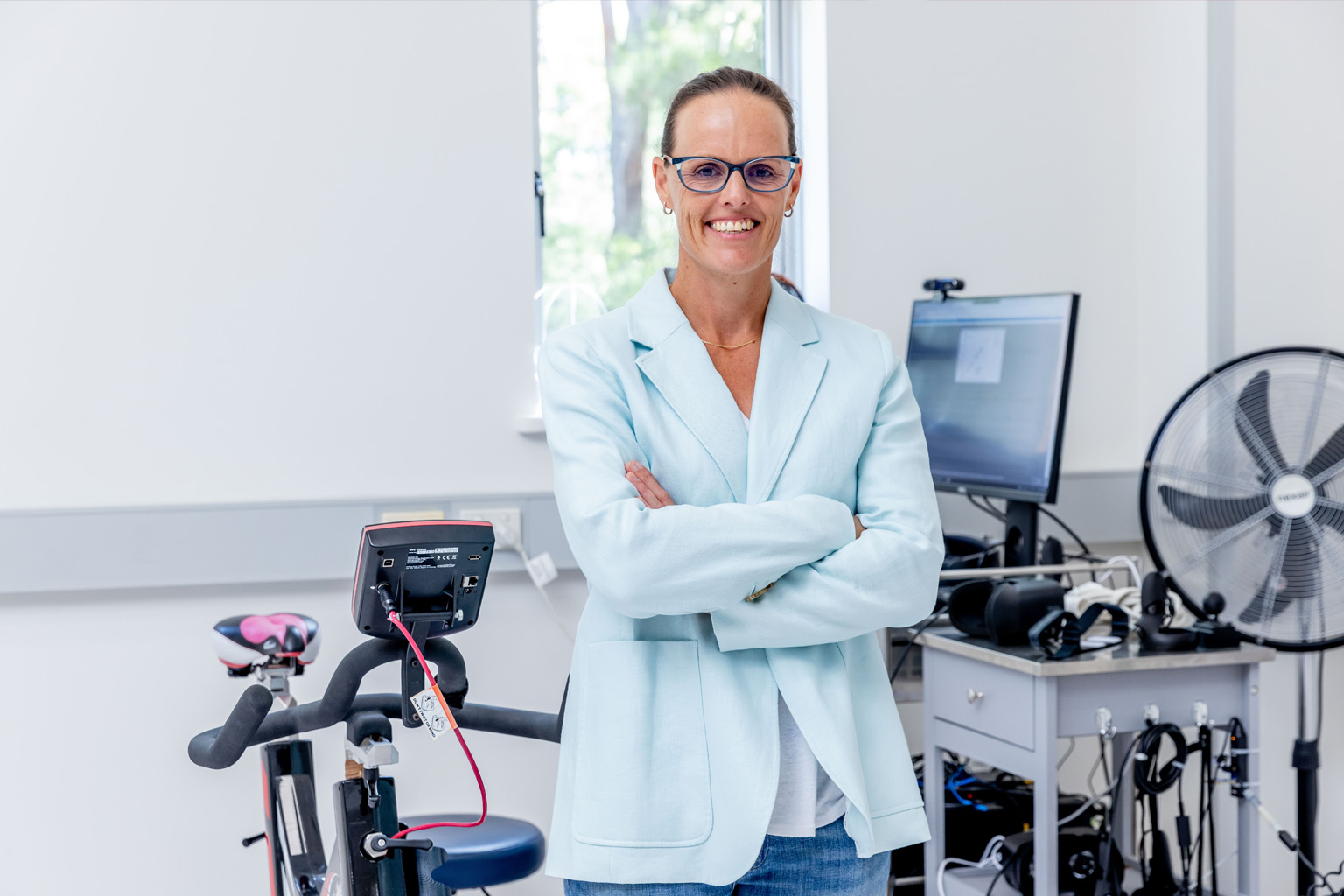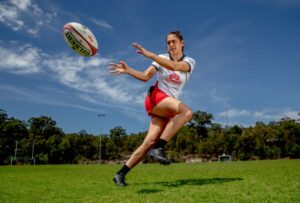
The Australian Institute of Sport (AIS) has announced Griffith University’s will lead the in not one, but two major research groups working to optimise performance in female athletes.
Associate Professor Minahan (School of Health Sciences and Social Work) has established the Operations and Advisory Research Groups, whose key priority is to create a legacy of quality findings that enables and inspires female performance potential in the lead up to the 2032 Brisbane Games.
As co-Chair of the FPHI, she is determined to challenge the current statistic that shows a mere six per cent of sport performance research is carried out exclusively in females.
“We want to conduct rigorous and innovative research that evolves our understanding of female athletic performance and that doesn’t necessarily mean repeating what we’ve done in men,” said Associate Professor Minahan.
Collaborative input from the two teams of emerging researchers, pro-vice chancellors and heads of schools, professors, medical consultants, an endocrinologist and sports medical doctor hopes to produce optimal training programs and enhanced physical environments through better understanding of what female athletes need.
The research reference group also celebrates the appointment of registered aboriginal health practitioner from Griffith’s , ensuring culturally safe practises are adhered to.
Associate Professor Minahan said understanding the fundamental health of female athletes is an integral part of optimising performance.
“If you think about what is unique to female athletes, such as menstrual health and pelvic health – then those things do absolutely affect performance,” she said.
Associate Professor Minahan recognises there is a lot of progress to be made, not only in the context of health and wellness, but also around the social influences that may affect how young women think about performance and prevent them from continuing to achieve at an elite level.
“At a young age, girls participate in sport and activity at the same rates as boys, but when they hit about age 15, we see a 50 per cent drop in girls’ participation in sport and physical activity,” she said.
“Of course, it’s for a whole range of reasons, but substantive research shows part of that is feeling socially conscious, worrying about what people think of them and not feeling comfortable.”
“This remains a major hurdle in strength and power sports specifically, where drop-out rates for girls tend to be higher.

“We’ve now got AFLW and NRLW that are doing absolute wonders for girls to stay in those collision type sports.
“We’ve got a long way to go, but we are starting to see a climb in potential participation rates in most sports.”
For Associate Professor Minahan, who completed her PhD examining gender differences in 2002, the opportunity to be a national lead in this space is significant and a nod to the support of Griffith.
“It’s important to me personally as a mother of a 16-year-old who I get to see play and enjoy sport almost every day,” she said.
“I think Australia has an incredible opportunity to lead in the female performance space, and that’s what we intend to do.”







